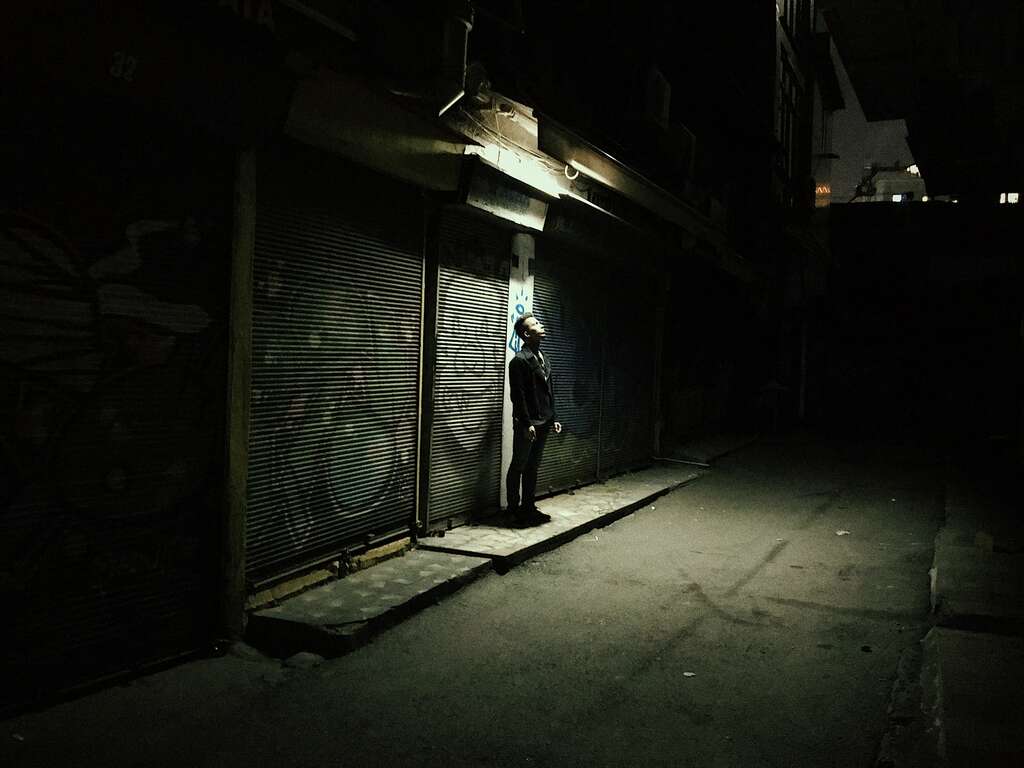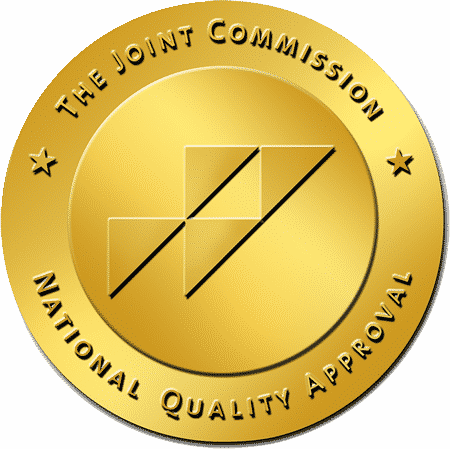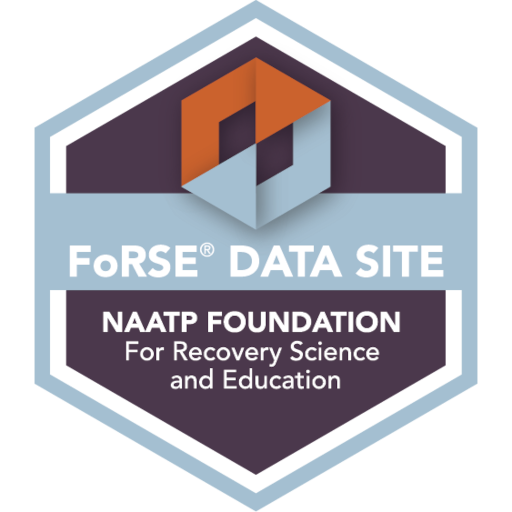Chronic dramatic shifts in mood and energy can be symptoms of a mental illness known as bipolar disorder. According to the National Institute of Mental Health, about 4.4 percent of adults in the United States deal with bipolar disorder at some point in their lives.
People with bipolar disorder have two opposing poles of mood: they’re extremely happy and energetic or they feel sad and hopeless.
For more information about bipolar disorders, its types, symptoms, causes and risk factors, treatment, and more, keep reading.
Bipolar Disorder
Formerly referred to as manic-depressive disorder or manic depression, bipolar disorder is a mental illness characterized by unintentional, sudden, and extreme shifts in mood and loss of the ability to function. It also involves emotional highs and lows, including mania or hypomania and depression, respectively.
When one is in a manic or hypomanic state, they have excessive energy and feel euphoric. However, they may also get easily and unreasonably irritated. On the other hand, in a depressive mood, they feel sad and hopeless, and lose interest in activities.
Average Age of Bipolar Disorder Onset is 25
The average age of bipolar disorder onset is 25, although it can also occur in the teens (and sometimes in childhood).
This mental health condition can negatively affect productivity at work or school as well as weaken relationships with family and loved ones.
Three Major Types of Bipolar Disorder
Three major types of bipolar disorder include bipolar I disorder, bipolar II disorder, and cyclothymic disorder.
If the symptoms that don’t fit with bipolar I disorder, bipolar II disorder, and cyclothymic disorder, the condition belongs to other specified and unspecified bipolar and related disorders.
Bipolar I Disorder
With bipolar I disorder, manic episodes can last a week or two. If there are extreme manic symptoms, the patient will need immediate hospital care. Depressive episodes can also occur simultaneously with manic symptoms.
Bipolar II Disorder
People with bipolar disorder of this type never experience a full-blown manic episode. Instead, there is at least one hypomanic episode and at least one major depressive episode. Between the hypomanic episode and the depressive episode, the person functions normally.
Those with bipolar II disorder usually experience other mental disorders, such as substance use disorder and anxiety disorder. Substance use disorder can also worsen symptoms of hypomania or depression.
Hypomania may be less disruptive compared to mania. In fact, one may be performing better in school or at work, given that hypomanic episodes feel euphoric. However, because of the chronic depression experienced with bipolar II disorder, it causes more impairment than bipolar I disorder.
Cyclothymic Disorder
With cyclothymic disorder or cyclothymia, hypomanic symptoms and depressive symptoms can last two years (one year for adolescents and children) but are less intense and do not last long enough to be depressive or hypomanic episodes.
What is rapid cycling with bipolar disorder?
People with bipolar disorder who have four or more manic or depressive episodes within 12 months experience what is known as rapid cycling. Similar to the alternating highs and lows of a rollercoaster, one experiences sudden mood swings. Women are more prone to experiencing rapid cycling based on different factors such as levels of sex hormones and thyroid hormones.
Living with this mental illness can be very challenging. Diagnosis usually occurs in early adulthood or late adolescence. Children may occasionally experience bipolar symptoms too. It may also first occur during women’s pregnancy or after childbirth.
Bipolar disorder treatment includes taking medications and psychotherapy. Since it’s a lifelong condition, a comprehensive treatment plan is necessary to help improve people’s quality of life.
Depressive Symptoms
A major depressive episode includes symptoms that make it hard to perform daily activities and responsibilities, such as school, work, and relationships. Typically, five or more of the following symptoms will happen:
- Feelings of sadness, hopelessness, and emptiness
- Loss of interest or inability to feel pleasure in most or all activities
- Irritability
- An involuntary burst of tears
- Slowed behavior or feelings of restlessness
- Difficulty concentrating and making decisions
- Extreme or unreasonable feelings of guilt and worthlessness
- Difficulty sleeping, sleeping too much, or waking up very early
- Noticeable weight loss despite not going on a diet, reduced or increased appetite, or weight gain
- Loss of energy
- Fatigue
- Having frequent suicidal thoughts
Manic and Hypomanic Symptoms
While mania and hypomania are two different episodes, their symptoms are similar. Given that the former is more severe than the latter, mania is likely to cause more difficulties in terms of relationships, school, work, and social activities.
Symptoms of manic or hypomanic episodes include:
- Reduced need for sleep (but still feel energized)
- Abnormally faster speech
- Distractibility
- Racing thoughts or quickly shifting from one idea or topic to another when speaking
- Unusually higher self-confidence and feeling of euphoria
- Increased energy, activity, and irritability (e.g., carrying out multiple projects at once)
- Increased risky behavior like overspending, reckless driving, and engaging in risky sex
People in a manic state are also usually oblivious of the consequences of their actions. Moreover, some people have false beliefs, hallucinations, and other psychotic symptoms. Hospitalization may be necessary to ensure safety and well-being. Also, manic and depressive episodes can occur at the same time.
Causes and Risk Factors
Bipolar disorder has no single cause. However, the following factors can help increase the chance of having this mental illness:
Genetics
According to researchers, genetics play a role in the development of bipolar disorder. Among individuals with bipolar disorders, two-thirds have at least one biological relative experiencing the same condition.
Researchers have not found a particular gene that causes bipolar disorder.
Brain Structure and Functioning
Research has shown that the size and structure of the brains of individuals with bipolar disorder are quite different. Studying these differences can provide a better understanding of the disorder and help identify which treatment is most effective.
Brain scans, however, aren’t able to diagnose bipolar disorder and healthcare providers rely on people’s history and symptoms to determine if the disease is occurring.
Stress
Environmental factors like stress and trauma can also trigger bipolar disorder. For example, financial struggles, failed relationships, the death of a family member, and a severe health condition can cause depressive or manic episodes. This also means that the way one manages stress can affect the development of bipolar disorder.
Bipolar Diagnosis
Diagnosis of bipolar disorder starts with a physical examination. Then, the healthcare provider will also go through your medical history. This includes questions about family history, experiences, and the symptoms you encounter.
Several tests, like blood tests, will help rule out other illnesses, like hyperthyroidism.
Then there will be a mental health evaluation by a primary doctor or mental health professionals.
If a person experiences at least a single episode of either hypomania or hypomania, they’ll be diagnosed with bipolar disorder.
To identify the type of bipolar disorder, healthcare providers will utilize the Diagnostic and Statistical Manual of Mental Disorders. Moreover, they will examine the symptom patterns and the gravity of the effects of the most severe episodes.
Medications for Bipolar Disorder
Common medications that are used to help treat bipolar disorder are second-generation antipsychotics and mood stabilizers. Examples include valproic acid, carbamazepine, lithium, and lamotrigine. Patients may also need medications for anxiety and sleep problems.
To treat depressive episodes, doctors usually prescribe antidepressant medication. Combined with mood stabilizers, they help prevent manic episodes.
You should also tell them about any over-the-counter medications or supplements you’ve been taking to avoid potential complications. If you experience side effects, consult your doctor immediately, so they can recommend another type of medication or adjust the dosage.
Do not stop any medication for bipolar disorder without informing the healthcare provider as bipolar disorder symptoms might worsen.
Psychotherapy and Other Support
Also referred to as talk therapy, psychotherapy can help treat bipolar disorder effectively. It involves various treatment methods focused on helping the patient understand their complex thoughts, emotions, and actions.
It’s important for people with bipolar disorder and their families to receive sufficient support and education. These include psychoeducation and cognitive-behavioral therapy (CBT), which work for different mental conditions. With CBT, for instance, one can develop better and healthier thinking habits and avoid negative thoughts and behaviors.
Other treatments like family-focused therapy and interpersonal and social rhythm therapy (IPSRT) are designed for addressing bipolar disorder. With family-focused therapy, loved ones also attend sessions that include training for problem-solving skills and communication improvement.
IPSRT aims to help people understand and manage their biological and social rhythms, allowing them to enhance their mood. It is appropriate for people with bipolar disorder and other mood disorders. It helps in the development of skills that will help prevent a manic or depressive episode.
Other Therapies
Other treatment options for bipolar disorder include electroconvulsive therapy (ECT) and transcranial magnetic stimulation (TMS). With ECT, one undergoes brain stimulation allowing them to find relief from bipolar disorder’s severe symptoms.
ECT is also a good treatment method for severe depressive or manic episodes. It’s useful in gaining a rapid response too, such as during catatonia or unresponsiveness and suicide risks.
Meanwhile, TMS offers a more modern approach to brain stimulation through the use of magnetic waves. On most days for a month, they’re delivered to awake patients. Studies show that this method may help those struggling with different subtypes of depression. However, more research is needed to illustrate its effectiveness in treating bipolar disorder.
Natural Remedies
Several natural remedies may also help manage the symptoms of bipolar disorder. When combined with therapy and medication, certain herbs and supplements can help stabilize mood and alleviate the symptoms of bipolar disorder.
For example, a 2016 study indicates that omega-3 supplements may help relieve bipolar disorder symptoms. Moreover, another research showed that omega-3 may be beneficial in reducing depressive symptoms.
An amino acid supplement called S-adenosylmethionine (SAMe) may also help reduce symptoms of major depression and several other mood disorders.
The Rhodiola rosea plant may also help manage moderate depression.
More research is needed to clearly understand the effects of supplements on people experiencing bipolar disorder.
Healthy Practices
Apart from talk therapy, medications, and other therapies, it’s also best to maintain a healthy lifestyle to help prevent bipolar disorder from worsening. For instance, perform aerobic exercises regularly. Examples include swimming, brisk walking, and jogging, which can help improve sleep and manage anxiety and depression.
Ceasing alcohol intake and the use of tobacco and other recreational drugs can prevent reactions with medications for bipolar disorders.
Another healthy habit is meditation to help manage depression.
Related Mental Health Conditions
Those with a bipolar disorder may also experience other mental health conditions such as anxiety disorders, post-traumatic stress disorder (PTSD), attention-deficit hyperactivity disorder (ADHD) and substance use disorder (SUD).
Misdiagnosis of bipolar disorder as borderline personality disorder or schizophrenia is also possible. Given the wrong diagnosis and the presence of other mental conditions, treating bipolar disorder can be difficult.
For instance, taking antidepressants for obsessive-compulsive disorder (OCD) or stimulants for ADHD can exacerbate the symptoms of bipolar disorder and even trigger manic episodes.
It is necessary to have an effective treatment plan designed for one’s needs, especially if they’re dealing with two or more mental health conditions.
When To Consult a Healthcare Provider
People with bipolar disorder may not notice how damaging their emotional outbursts can be to their life and those of loved ones.
If you or someone you know experiences symptoms of depression or mania, consult a mental health professional. Bipolar disorder is a lifelong condition, but an experienced healthcare provider can help manage symptoms well.
The Substance Abuse and Mental Health Services Administration (SAMHSA) website includes a Behavioral Health Treatment Services Locator to find relevant treatment information near a given city or address.
If you or loved ones have suicidal thoughts or attempt to commit suicide, call 911 or the local emergency hotline immediately. If possible, get them to the nearest emergency room.
Bipolar is Treatable
Bipolar disorder may be a lifelong mental health illness. However, the symptoms can be eased with effective ongoing treatment, like psychotherapy, medication, and a healthy lifestyle.
La Hacienda and People with Bipolar Disorder
La Hacienda Treatment Center’s primary function is caring for persons with substance use disorders. Many times alcoholism or drug addiction will cause mood swings that mimic bipolar disorder symptoms.
To ascertain each prospective patient’s true condition, La Hacienda carefully screens persons seeking care. Those with bipolar disorder are considered for acceptance if their primary issue is addiction to drugs or alcohol. Those with suicidal ideation are not admitted.
A licensed psychiatrist who is part of the full-time La Hacienda medical team is available to meet with patients, discuss their mental health questions, and offer advice. While the disease is not be treated here, the medical team can help patients plan their next steps in that direction.
Cognitive behavioral therapy and activities therapy are a part of the regular clinical program, a four-day Family Program is available to all patients at no extra cost, and meditation is an optional activity.
If you have questions about how mental illness is addressed by La Hacienda please call and talk with one of our knowledgeable admission specialists.

Anxiety
Most people experience occasional anxious moments regarding work, school, or important decisions, but when it lasts or worsens over time, they may have an anxiety disorder. This mental illness can interfere with daily activities.

Co-occurring Disorders
Co-occurring Disorders are physical or mental illnesses that a patient has simultaneously. When a patient\’s condition is assessed before treatment, doctors will determine whether the disorders can be treated at the same time, or in which order they should be addressed.

Depression
Depression is a common but serious mood disorder. Its symptoms affect how one feels, thinks, and handles daily activities, such as working, eating, or sleeping. When symptoms are present for two weeks or longer a person can be diagnosed with depression.

PTSD
Post-traumatic stress disorder (PTSD) occurs in people who have experienced or witnessed physical violence such as an accident, a disaster, or a terror attack. It also happens sometimes with people who learn that someone they know well suffered trauma. They may feel stressed or frightened, even when they are no longer in danger.




